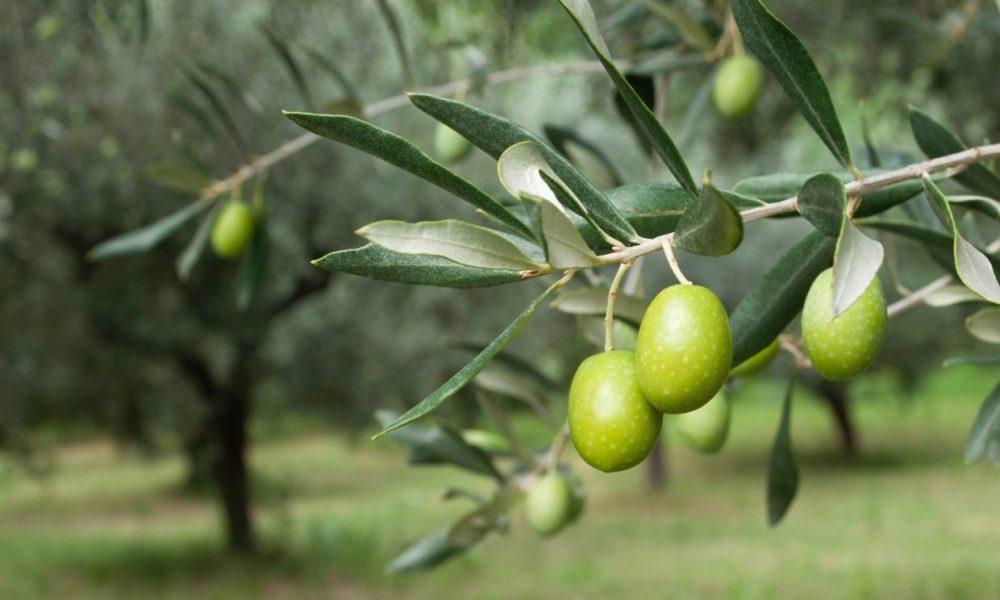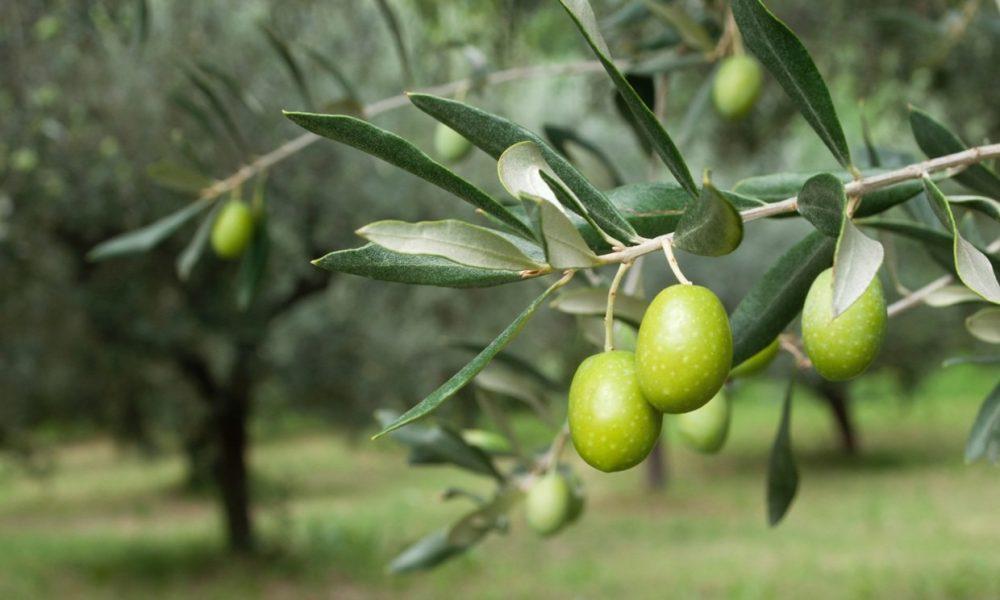Olive Harvests

Olive Harvesting
The olive harvest, occurs at a very particular time of the year. After much sacrifice in caring for the plant, it is time to harvest the fruit and produce the oil but also table olives.
Olive harvest period
Generally, the ideal time of olive harvest is from October to December, but there are several factors that determine the timing such as climate, olive cultivar (the variety of olive) and the consumption that needs to be done.

What cultivars (varieties) are mainly grown in ITALY
Let's start separating cultivars according to consumption, there are in fact 6 varieties of table olives and 18 varieties of oil olives
Cultivar table olives
Cultivar olives for oil
- Tender Ascolana
- Beautiful of Cerignola
- Carolea (also good for oil or to be crushed in oil)
- Nocellara del Belice
- St. Augustine
- Taggiasca
- Carolea
- Cellina of Nardò
- Top of Melfi
- Top of Mola
- Cypress
- Coratina
- Crusher
- Leccino
- Majatica
- Moraiolo
- Nociara
- Ogliarola barese
- Ogliarola garganica
- Pendolino
- Peranzana
- Picholine
- Rotondella
We also go into detail on the factors that determine the olive harvest
- The variety or cultivar, influences quite a lot the harvest time according to the ripeness of the fruit (Olive).
- Consumption, usually to produce a good extra virgin oil the ideal time is at veraison (fruit color change).
- Climate and growing area, the time of olive harvesting can change according to weather conditions. The sun exposure of the plants, a very rainy summer or frosts, and even the growing area all influence in changing the olive harvesting period.
Understanding the degree of ripeness of olives
Understanding the state of ripeness of olives is an important aspect of harvesting the fruit; it can be seen with the naked eye, so it will help us determine the harvest time.
Like all other fruits, olives have 5 degrees of ripeness that go from unripe to ripe.
We distinguish degrees of maturity in this way:
- Unripe olives, with very hard flesh that cannot be used in any way.
- Herbaceous olives, are distinguished by their green skin and the ideal time for harvesting is from late September to early October (depending on the area of production). At this stage, the harvested olives are ideal for the production of antioxidant-rich, particularly fruity and spicy oil.
- Olive at veraison, the olive skin ranges from green to purplish in color. The oil in this case will present better aromatic and olfactory qualities. This is the ideal time for harvesting table olives.
- Olives when fully ripe, the olive skin is almost completely black. Oil yield will be high, at the expense of quality.
- Overripe olives, olives begin to fall to the ground, can be more easily attacked by insects and molds. The oil produced will be of lower quality, with less intense flavor and higher acidity.
Did you know that the olive can also be called drupe?
Risks to know about olive harvesting
Risks to olive harvesting generally come from:
- The olive fly, an insect that deposits its eggs inside the fruit. The eggs turn into larvae, which eat the inside of the olive, ruining its oil yield and taste.
- Abrupt changes in weather, hot weather can affect yield, and frosts damage olives and consequently the final quality of the oil. The taste defect in the case of frost is called wet wood.
Read more about olive fly
The 'natural course of olive trees
Thus, there are many factors to consider in order to have a good harvest.
Seasonal weather patterns, however, must be considered, which influence the timing of ripening and the presence of olive fly.
In addition, olive trees have charge years where ripening is slower and discharge years where olives ripen faster, especially if pruning is done.
The most common prunings generally are 2:
The classic umbrella or globe
which serves to preserve the plant, from fewer olives but with high qualities in terms of taste.
Polyconical potted
which is used in intensive cultivation, with drastic pruning of the plant. It aims to shorten time to entry into production, reduce harvesting costs and optimize canopy lighting.

Battery operated olive harvester ZENIT 36V BRUMI complete with STEP-UP control unit
Tackle the olive harvest with a professional olive harvester. Come discover our offerings
Olive harvesting methods
Having seen and explored the timing, seasonality and methods of pruning, it is time to talk about actual harvesting.
Specifying that it is always recommended to use nets to be spread well under the olive tree, so as to easily collect the olives that would otherwise be lost.
There are various methods, classical and modern methods of collection, you can find them listed below.
- Burning*: this is the oldest method of harvesting, fruits are picked manually from the tree, ladders can be used to reach the highest points of the plant. With the advantage of not damaging the plant and preserving the fruit.
- Beating or beating: practically the most common method of harvesting, branches are beated with sticks or modern beating machines, and the olives fall onto the nets and are then easily harvested.
- Combing: as per the term, comb the branches with rakes.
- Harvesting: this method is nothing more than picking the fruit that has already fallen from the tree. It consists of waiting for the olives to ripen and then fall from the tree. This method is not recommended because you get a low quality of oil.
- Shaking or shaking: as per the term, you literally shake the tree, through shakers or special machinery.
*Burning is still a method to consider if you have few trees and where you have to be very careful. The use of ladders for harvesting is a reason for danger; in fact, falling from olive trees is one of the most common accidents in the countryside.
When to take the olives to the mill?
After harvesting, it is always recommended to bring and process at the mill, the olives within the next 12 hours.
During harvest, it is therefore a good idea to store olives in containers such as crates and bins that facilitate transportation and allow air to pass through. Avoid jute bags if transport to the crusher is expected to be delayed.
Olives should be processed within 48 hours after harvest, especially in the case of olives that are bruised or attacked by the olive fly.
A delay in processing leads to fermentation processes, which increase the degree of acidity and oxidation of the olive, compromising the quality of the oil.
It is always best to prefer a mill that cold grinds to preserve the organoleptic characteristics


Discover our line of olive harvesters and shakers
Backpack battery-powered harvesters, as opposed to traditional power supplies, which are generally placed on the harvesting ground, ensure easy and safe work under all conditions of use, including those where it is necessary to reach taller branches.



